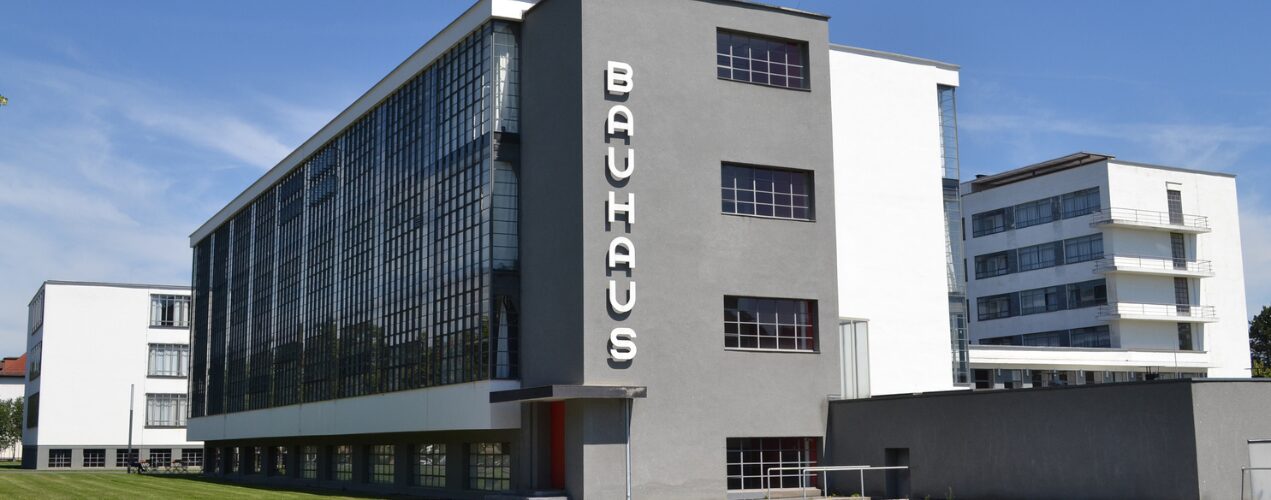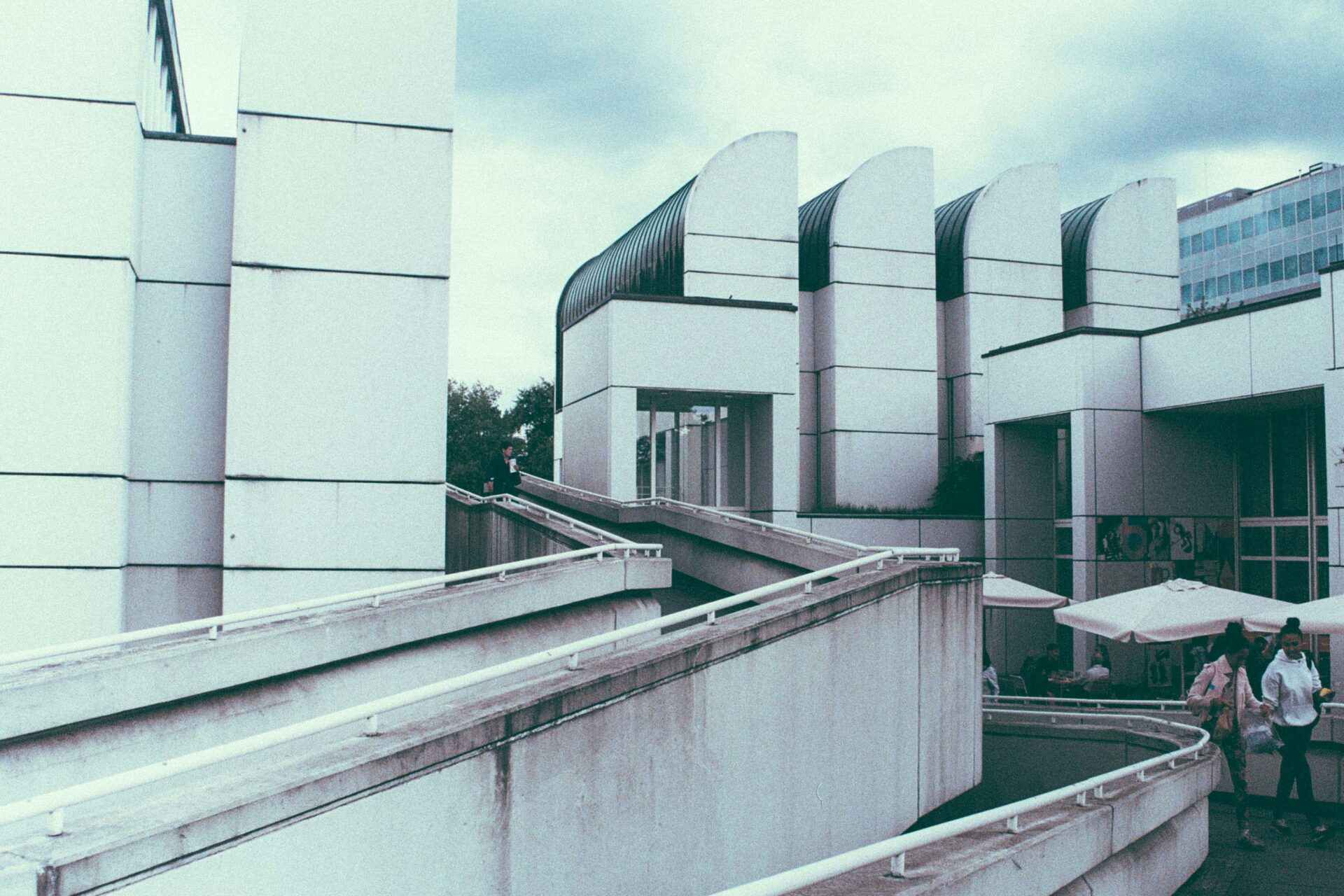5 August 2024
for Madrid Nuevo Norte

In the words of Mies van der Rohe, architect and last director of the Bauhaus, the iconic German avant-garde school which flourished in the interwar period, “Architecture is the will of each epoch translated into space”. This expresses the ability to reflect and shape the values and aspirations of its time through architectural design. This idea, which is part of the teachings of the Bauhaus movement, has also driven, almost a century later, the New European Bauhaus project. Like the original Bauhaus, this transformative proposal promoted by the European Commission seeks to harmonise the philosophy, form and function of buildings with their surroundings.
The historic Bauhaus, founded in 1919 by architect Walter Gropius in Weimar, Germany, represented a radical attempt to unite art, craft and technology in a new vision of architecture and design. The school promoted interdisciplinary integration where artists, architects and craftsmen worked together to create innovative and functional solutions that responded to the needs of modern society. The Bauhaus philosophy was deeply tied to the idea that design should be accessible to all, and buildings should improve people’s daily lives.
The Bauhaus approach included the search for the beauty of simplicity, but what really led this movement to revolutionise 20th century architecture and design was its meticulous attention to creating functional spaces and environments. It emphasised the importance of modern materials and state-of-the-art construction techniques—an approach that led to its influence spreading around the world.
The New European Bauhaus project, launched by European Commission President Ursula von der Leyen in September 2020, seeks to revive and adapt Bauhaus principles to the context of the 21st century. This plan aims to transform the continent’s major capital cities into sustainable and aesthetically pleasing landmarks, addressing today’s environmental challenges without ignoring the importance of social inclusion. Like the original Bauhaus, this new initiative promotes interdisciplinarity, creativity and transversality in the quest for innovative solutions.
Thus, the New European Bauhaus aims to connect the European Green Deal with the everyday life of EU citizens. It is not just an environmental or economic project, but intends to become a new cultural initiative for Europe seeking to translate the will of an epoch, marked by the urgent need for sustainability and climate resilience, into built environments reflecting these values.
In the context of architecture, it prioritises the use of sustainable or recycled materials by designing buildings that can be easily upgraded or reconfigured for new uses. Circular architecture also promotes energy efficiency and helps to minimise our carbon footprint throughout the life cycle of buildings, creating environmentally responsible and socially inclusive spaces.

Foto de Florencia Viadana en Unsplash
Photo by Florencia Viadana at Unsplash
Since its launch, the New European Bauhaus has advanced significantly through its now defined four fundamental pillars: sustainability, aesthetics, inclusivity and circular economy.
– Sustainability is one of the cornerstones of the initiative, promoting the use of environmentally friendly materials and innovative technologies to reduce the carbon footprint of buildings and urban infrastructure. This includes promoting renewable energy and energy efficiency.
– Following the legacy of the original Bauhaus, the new initiative also places special emphasis on beauty and design. The idea is that sustainable solutions can also be visually appealing and good design can improve the quality of life of citizens.
– Inclusion is another fundamental pillar, ensuring that architectural benefits are available to all, regardless of socioeconomic status. This involves creating accessible public spaces and encouraging citizen participation in the urban design process.
– In addition, the initiative focuses on the circular economy, by promoting the reuse and recycling of materials, as well as minimising waste in construction and urban design.
The New European Bauhaus is not only a vision for the future, but a call to action for all stakeholders in the creation of urban environments and, perhaps, a possible inspiration beyond the Old Continent. By promoting circular architecture that combines sustainability, aesthetics and inclusiveness, this initiative has the potential to transform our cities and improve the quality of life for millions of people. It is a concept that, furthermore, can and should be adapted to respond to site-specific conditions, such as climate, culture, history and particular socioeconomic needs.